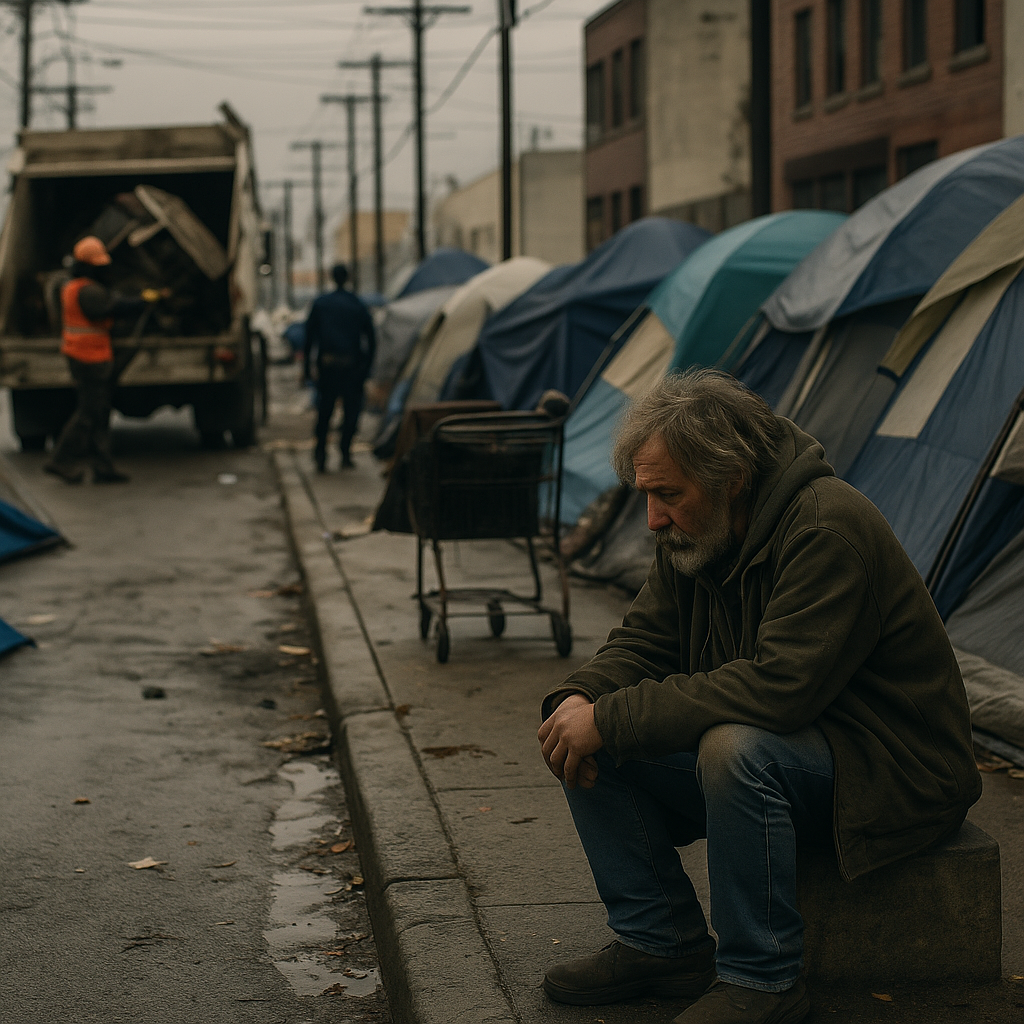Since President Trump took office again in January 2025, significant policy shifts and funding cuts have dramatically reshaped federal support for homeless and mental health services. These actions collectively threaten to increase homelessness across the United States.
Housing Program Cuts
Immediately upon taking office, the Trump administration froze federal housing and community grants, causing uncertainty and disruptions to rental assistance, shelter operations, and public housing maintenance nationwide. The National Low Income Housing Coalition explicitly warned that prolonged delays could force shelters to shut down.
President Trump’s FY2026 budget proposal includes a 44% reduction in the Department of Housing and Urban Development’s (HUD) affordable housing, homelessness, and community development programs. Specifically, HUD’s Homeless Assistance Grants face a $532 million (12%) cut compared to FY2025 levels. The National Alliance to End Homelessness described these cuts as the most significant rollback of homelessness funding since the 1987 McKinney–Vento Act, noting the potential loss of federal support for over 166,000 units of permanent supportive housing.
The administration also proposes consolidating HUD’s Continuum of Care homelessness program into a reduced block grant, potentially defunding essential services like supportive housing and outreach. Bipartisan Senate appropriations leaders described this proposal as devastating, warning it could severely reduce housing support and increase homelessness.
Additionally, HUD’s internal Department of Government Efficiency (DOGE) initiative recommended terminating housing improvement programs such as the Green and Resilient Retrofit Program, jeopardizing planned upgrades for over 30,000 affordable housing units. Cuts also target fair housing enforcement programs, effectively removing protections against housing discrimination for marginalized groups.
Mental Health Service Reductions
Parallel cuts have severely affected mental health services critical to preventing homelessness. In March 2025, the administration rescinded $1 billion from the Substance Abuse and Mental Health Services Administration (SAMHSA), negatively impacting mental health and addiction treatment programs nationwide, including counseling, outpatient services, and residential rehabilitation programs.
Furthermore, the “One Big Beautiful Bill Act,” signed into law in July 2025, significantly reduced Medicaid funding by nearly $1 trillion over ten years, potentially stripping healthcare access from over 12 million Americans. Medicaid is crucial for funding mental health and substance use treatment, and its reduction exacerbates vulnerabilities associated with homelessness.
The FY2026 federal budget proposal further threatens critical mental health programs. It includes a nearly 15% ($1.1 billion) reduction in SAMHSA funding and a 40% ($18 billion) cut to the National Institutes of Health, undermining mental health research. Programs such as specialized crisis support lines for LGBTQ youth, community behavioral health clinics, and Assertive Community Treatment teams face potential elimination, leaving individuals without support until they reach crisis points.
Punitive Approaches and Enforcement Measures
Instead of expanding housing or mental health resources, the administration prioritized punitive measures. The July 2025 executive order “Ending Crime and Disorder on America’s Streets” urges cities and states to dismantle homeless encampments and use involuntary civil commitment for individuals with severe mental health or addiction issues. This order reverses previous legal protections and incentivizes stringent enforcement policies through federal grant priorities.
Critically, the order eliminates federal support for “Housing First” approaches, previously allowing housing without mandatory sobriety or treatment. Harm-reduction services such as supervised drug consumption sites and syringe exchange programs are now barred from federal funding, pushing vulnerable individuals away from potentially lifesaving interventions.
Growing Homelessness Crisis
These combined housing and mental health cuts, alongside heightened enforcement strategies, come at a moment when homelessness rates have surged dramatically. In 2024, homelessness reached 771,500 people nationally, an 18% increase from the previous year. Advocates universally warn that recent federal policies will deepen the crisis, pushing more individuals onto streets or into overcrowded shelters and institutions.
Experts describe these combined reductions as a “perfect storm,” predicting severe, lasting impacts on vulnerable communities. Without adequate federal support, local governments and nonprofits face significant challenges in effectively addressing homelessness. The National Homelessness Law Center and the National Alliance to End Homelessness predict increased homelessness and instability, emphasizing that the administration’s actions remove critical preventative resources.
In conclusion, the Trump administration’s policy direction since January 2025 represents a fundamental withdrawal of federal support from housing stability and mental health services, replacing proven strategies with punitive measures likely to worsen homelessness nationwide.
